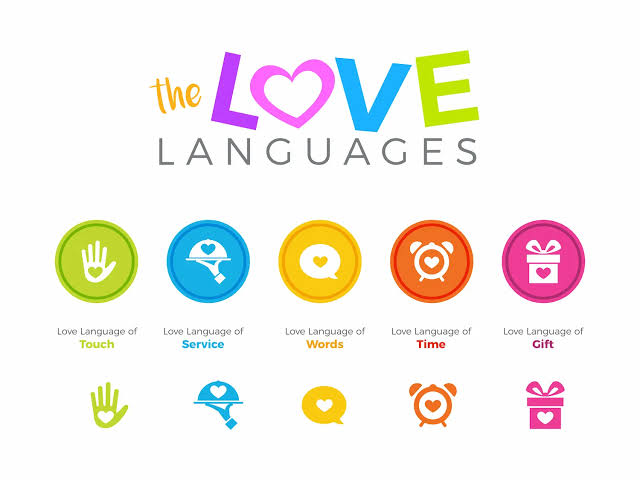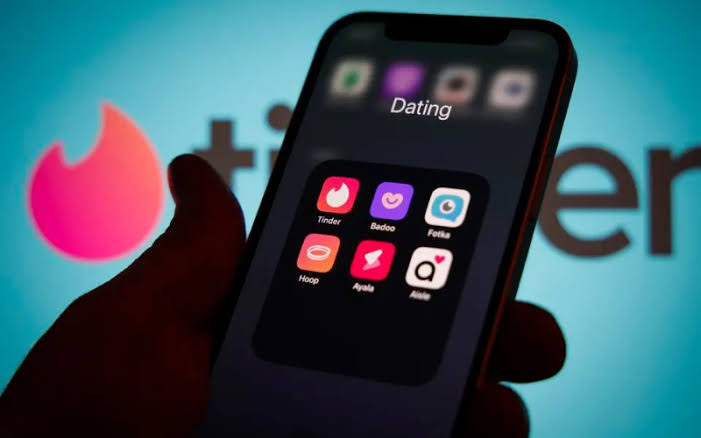
Love is a universal language, but the way we express and receive it can vary dramatically from one person to another.
Have you ever felt like you were doing everything to show your partner how much you love them, yet they still seemed unfulfilled or distant? The answer might lie in understanding love languages—a powerful concept introduced by Dr.
Gary Chapman in his groundbreaking book “The 5 Love Languages.”
Understanding your partner’s love language is not just about knowing how they feel loved—it’s about learning how to communicate in a way that resonates deeply with their emotional needs.
When partners align their expressions of love with each other’s preferred love language, the relationship more satisfying, resilient, and connected.
In this article, we’ll explobecomesre:
- What love languages are
- A breakdown of the 5 love languages
- How to identify your and your partner’s love language
- Common miscommunications that arise from mismatched love languages
- Practical ways to meet your partner’s needs
- Why love languages matter in long-term relationships
What Are Love Languages?
Love languages are the different ways people prefer to give and receive love.
Just as people speak different spoken languages, we each have a primary emotional language that speaks most clearly to our heart.
According to Dr. Chapman, there are five primary love languages:
- Words of Affirmation
- Acts of Service
- Receiving Gifts
- Quality Time
- Physical Touch
Each person typically has one or two dominant love languages, and understanding what they are is key to fulfilling their emotional needs.
Read Also: Top 10 Questions to Ask on a First Date: Break the Ice and Build Real Connection
The 5 Love Languages Explained
Let’s take a closer look at each love language.
1. Words of Affirmation
This language uses words to affirm and uplift a partner. Compliments, words of appreciation, and expressions of gratitude go a long way for someone who values this language.
Examples:
- I love how thoughtful you are.
- You looked amazing today.
- Leaving little love notes or sending sweet texts
Tips:
- Be sincere and specific.
- Regular verbal appreciation can significantly boost their emotional security.
2. Acts of Service
For people with this love language, actions speak louder than words. Doing things that ease their burden or help them out is a demonstration of love.
Examples:
- Doing the dishes without being asked
- Running errands for them
- Taking care of the kids so they can rest
Tips:
- Look for what your partner struggles with or dislikes doing.
- Doing chores willingly, not begrudgingly, shows care and love.
3. Receiving Gifts
This love language is not about materialism—it’s about thoughtfulness and effort. The right gift can speak volumes when it shows you’ve been thinking of your partner.
Examples:
- Bringing them their favorite coffee
- Creating a handmade gift
- Celebrating milestones with something meaningful
Tips:
- It’s the thought, not the price, that counts.
- Pay attention to hints they drop about things they like or admire.
4. Quality Time
This language is all about undivided attention. It’s not just being physically present, but being emotionally and mentally engaged.
Examples:
- Going on a walk and talking
- Having a weekly date night
- Putting away devices and having meaningful conversations
Tips:
- Eye contact, active listening, and full attention matter.
- It’s about being present—not just being around.
5. Physical Touch
For some, physical contact is the most powerful love communicator. This includes everything from hand-holding to intimate closeness.
Examples:
- Hugs, kisses, holding hands
- A touch on the shoulder while passing by
- Cuddling while watching a movie
Tips:
- Consent and comfort are crucial—everyone’s boundaries are different.
- Regular physical touch can foster a deep sense of intimacy and connection.
How to Identify Your Partner’s Love Language
Identifying your partner’s love language starts with observation, conversation, and sometimes a little trial and error. Here are a few ways to figure it out:
1. Listen to Complaints
What do they most often complain about?
- “You never say I look good anymore” might signal a need for words of affirmation.
- “We never spend time together” hints at quality time.
2. Notice What They Do for You
People often express love in the way they want to receive it. If your partner often brings you thoughtful gifts, theirs might be receiving gifts.
3. Ask Directly
A simple, honest conversation can open up the dialogue:
“What makes you feel most loved in a relationship?”
4. Take the Quiz
Dr. Chapman’s website offers a free love language quiz that can help both you and your partner find your love languages with ease.
Mismatched Love Languages: Why Good Intentions Aren’t Always Enough
Many couples run into frustration when they love in the way they want to be loved—not in the way their partner needs.
For example:
- You may constantly give your partner gifts, but what they really want is more time with you
- Or you might offer endless verbal praise, but your partner just wants a hug after a hard day.
This mismatch can lead to miscommunication, hurt feelings, and emotional disconnection, even if both partners have the best intentions.
Practical Ways to Meet Your Partner’s Love Language
Once you know your partner’s love language, the real magic begins. Here are simple, intentional ways to meet each need:
If Their Love Language is Words of Affirmation:
- Leave sticky notes on the bathroom mirror.
- Text them something sweet during the day.
- Praise their accomplishments or efforts publicly.
If Their Love Language is Acts of Service:
- Surprise them by doing a dreaded task.
- Prepare their favorite meal after a long day.
- Help them organize or plan something they’re stressed about.
If Their Love Language is Receiving Gifts:
- Start a small “gift stash” of items they like.
- Mark special dates with thoughtful tokens.
- Leave small surprises around the house.
If Their Love Language is Quality Time:
- Schedule regular one-on-one time, even if busy.
- Plan activities that you both enjoy doing together.
- Practice active listening—no distractions.
If Their Love Language is Physical Touch:
- Greet and say goodbye with a hug or kiss.
- Sit close while watching a show or during meals.
- Hold hands while walking or driving.
Love Languages in Long-Term Relationships
Love languages are especially important in long-term relationships and marriages, where routine and stress can erode connection.
Knowing your partner’s love language can help keep the relationship vibrant and emotionally fulfilling over time.
Benefits of Applying Love Languages:
- Reduced conflict: Less guessing, more understanding.
- Greater emotional intimacy: You both feel seen and valued.
- Deeper trust: Consistently meeting each other’s needs builds emotional safety.
- Stronger bond: When people feel loved in their preferred way, they naturally reciprocate.
It’s also important to check in periodically. Love languages can evolve with time, especially during big life transitions (parenthood, career changes, etc.).
Conclusion
Love isn’t just about giving—it’s about giving in a way that speaks their language.
By identifying and consistently speaking your partner’s love language, you create a relationship built on empathy, attentiveness, and emotional resonance.
It’s one of the simplest, yet most transformative tools for creating deeper love and connection.
Love is not just felt—it’s expressed. And when you learn to express it in a way that truly lands, you don’t just love your partner—you make them feel loved.




